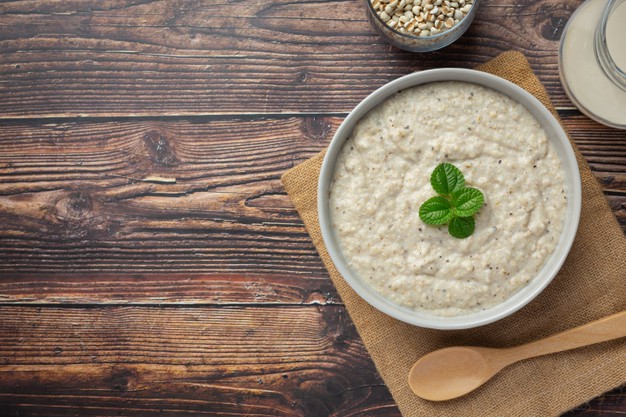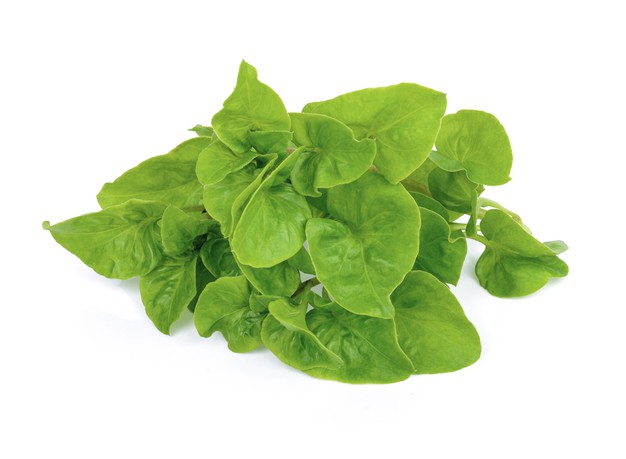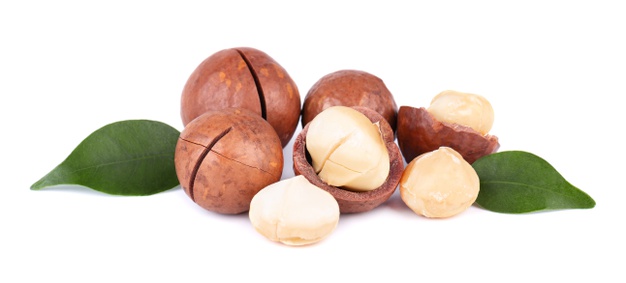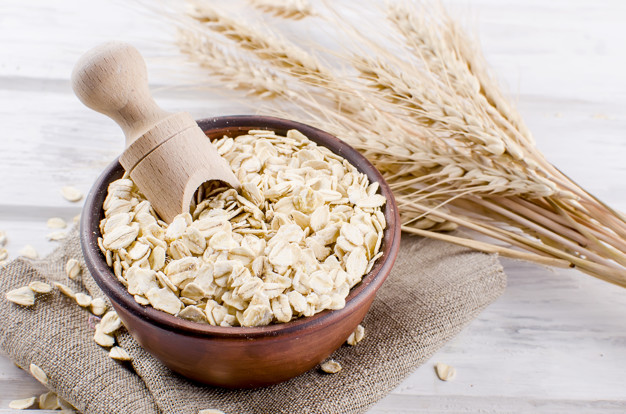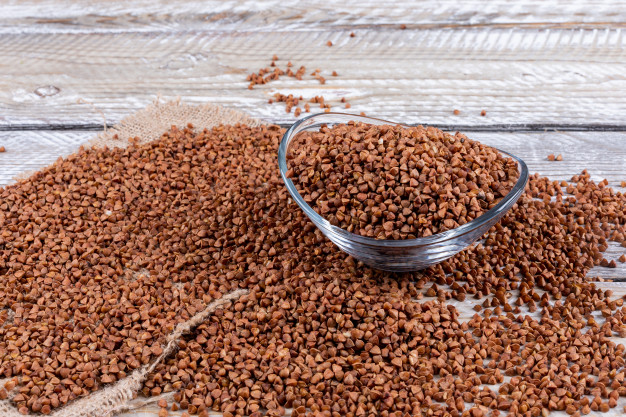Barnyard millet also known as shyama, moraiyo, is a nutritious millet that has been used for centuries for various medicinal purposes.
Some important information regarding Barnyard millet
- It is white in colour
- It is also recognized as the fastest growing crop
- The most important feature of barnyard millet is that it is absolutely gluten free thus patients with celiac disease or gluten intolerance can easily incorporate it in their diet
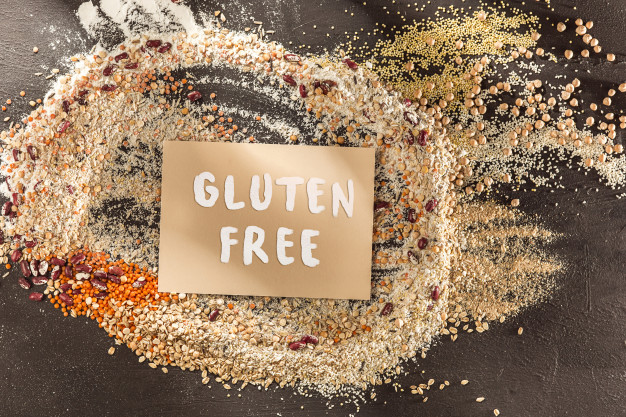
Nutritional profile
Carbohydrate
- It contains desirable amount of carbohydrates and mainly composed of complex carbohydrate
- It has seen that it contains comparatively lesser amount of carbohydrates than other millets
- It is also considered as low glycemic food. Its low carbohydrate content and slower rate of digestion process make it a low glycemic food stuff. Being a low glycemic food its consumption is not related with increasing too much glucose in blood therefore diabetic patients should include barnyard millet in their diet for improving their symptoms of hyperglycemia
 Fibre
Fibre
- It is rich in dietary fibre
- It contains both soluble as well as insoluble fibre
- Its fibre contents are accountable for making barnyard millet an important functional food and it has seen that regular consumption of barnyard millet is very effective for preventing cardio vascular diseases
- Fibre also plays imperative role in promoting hepatic functions thus its consumption helps to decrease the susceptibility of developing liver disorders
- Its fibre content is also responsible for reducing cholesterol concentration in body, which ultimately decreases the prevalence of hypercholesterolemia and metabolic syndrome
- As it is considered as a rich source of fibre thus its consumption is thought to be very useful for preventing various digestive disorders like indigestion, constipation, diverticular disease, ulcerative colitis, irritable bowel syndrome etc
Protein
- It contains adequate amount of protein as well
- It contains various essential as well as non essential amino acids thus it is considered as a good source of protein especially for vegans
- Its consumption is closely associated with maintaining cellular functions
- Its protein contents are responsible for promoting the growth and development of tissues
- It also promotes muscular growth and helps to improve lean muscle mass
- It has seen that consumption of barnyard millet is very effective for accelerating the process of wound healing as its protein contents are accountable for re-synthesizing new cells and tissues at the site of wound and also promotes repairing

Fat
- It contains negligible amount of fat
- It is composed of both saturated as well as unsaturated fatty acids
- It contains both MUFA (monounsaturated fatty acid) and PUFA (polyunsaturated fatty acid) as unsaturated fatty acid
- It does not contain any cholesterol
- Its fat contents are mainly responsible for providing energy, whereas its unsaturated fatty acid contents offer numerous health benefits, they are mainly associated with promoting cardiac health
Calories
- It does not provide enough calories on its oxidation hence it is considered as low calorie food
- It has estimated that 100g of barnyard millet provides about 398kcal of energy on its oxidation
Vitamins
- It contains several vitamins and especially rich in B vitamins
- It contains significant amount of Vitamin B1, B2, B3, B6 and B9
- Vitamin B1, B2, B3 and B6 help in metabolism
- Its Vitamin B6 component is also responsible for promoting the growth and development of nervous system
- Vitamin B9 plays imperative role in stimulating the production as well as the maturation of hemoglobin and RBC
Minerals
- It is packed with numerous important trace elements, which exert various nutraceutical activities thus consumption of barnyard millet is very much helpful for reducing the susceptibility of developing chronic diseases
- It contains adequate amount of iron. Its consumption is very effective for reducing the prevalence of anemia as it helps to promote the synthesis of hemoglobin
- It also contains significant amount of calcium and phosphorus, both of these minerals help in the development of skeletal system
- It contains magnesium as well, which helps in digestion
- Zinc present in barnyard millet is associated with boosting up the immune system of body. Apart from that it also helps in cell division, wound healing and cellular growth

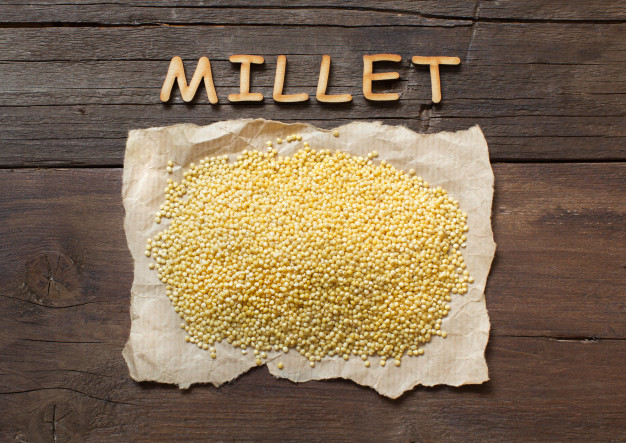
Health benefits
Role on weight management
- It plays significant role in promoting weight reduction thus obes individuals should include it in their regular diet
- It is a low calorie food and also contains highly digestible protein, which ultimately helps to make an individual feel light as well as energetic for a long period of time
- Its fibre contents are also responsible for providing a feeling of stomach fullness that helps to prevent over consumption thus facilitates weight reduction
- It has seen that its consumption is related with decreasing total fat percentage of body as it exhibits hypolipidemic activity
- It is linked with boosting up the overall metabolism of body thus increases calorie expenditure, which also promotes weight reduction

Role on digestive health
- Its fibre contents are accountable for promoting digestive health
- It plays imperative role in enhancing peristalsis as well, which helps to improve colonic health and reduces the prevalence of colon cancer as well as diverticular disease
- It also helps to make the defecation process smooth by increasing bowel movement, enhancing stool mass and softening the stool thus helps to prevent constipation
- It also helps to protect the digestive tract from oxidative and inflammatory damages thus decreases the prevalence of inflammatory bowel disease, ulcerative colitis and irritable bowel syndrome
Role on regulating cholesterol level
- Its fibre contents are considered as the main components that are responsible for decreasing cholesterol concentration in body
- It significantly reduces the level of LDL, VLDL and triglyceride whereas helps to improve the concentration of HDL
Role on regulating blood sugar concentration
- It has seen that consumption of barnyard millet is very effective for decreasing the elevated blood sugar concentration
- Its fibre content helps in slowing down the rate of digestion as well as absorption of glucose hence decrease postprandial glucose load
- Zinc component of barnyard millet is associated with increasing insulin sensitivity that helps to stabilize blood sugar concentration
Role on cardiac health

- It contains various cardio protective nutrients thus its consumption is considered as extremely useful for enhancing cardiac health and functionality
- Its magnesium content is responsible for improving endothelial function and also helps to regulate myocardial excitability, which ultimately helps to regulate heart beat and also reduces the prevalence of congestive heart failure
- Its potassium content is also responsible for reducing hypertension
- Its cholesterol lowering effect is accountable for decreasing the prevalence of atherosclerosis and coronary heart disease
Role on hepatic health
- It helps to promote hepatic functions
- It helps to decrease fat deposition within liver cells thus prevents hepatic cell necrosis
- It also helps to decrease the prevalence of fatty liver diseases and gall stone formation
Culinary uses
It has been used for centuries for preparing various delicious dishes like dosa, idli, pulao, khichdi, porridge, kheer, upma, pancakes etc
Risk factors
As it is rich in fibre thus its over consumption may cause various gastrointestinal disturbances thus it is better to consume barnyard millet in moderate amount.
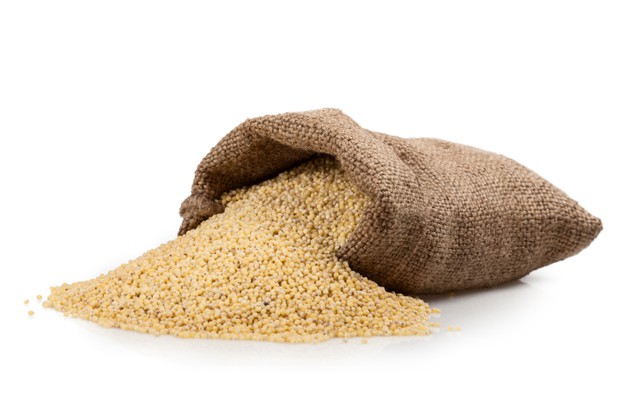
Source:
Joshi, S. and Srivastava, S., 2016. Barnyard millet as a substitute of rice in preparation of khichdi for diabetics. Int J Sci Res, 5(6), pp.1798-802.
Kaur, H. and Sharma, S., 2020. An overview of Barnyard millet (Echinochloa frumentacea). Journal of Pharmacognosy and Phytochemistry, 9(4), pp.819-822.
Nazni, P. and Shobana, D.R., 2016. Effect of processing on the characteristics changes in barnyard and foxtail millet. Journal of Food Processing and Technology, 7(3), pp.1-9.
Panwar, P., Dubey, A. and Verma, A.K., 2016. Evaluation of nutraceutical and antinutritional properties in barnyard and finger millet varieties grown in Himalayan region. Journal of food science and technology, 53(6), pp.2779-2787.
Renganathan, V.G., Vanniarajan, C., Karthikeyan, A. and Ramalingam, J., 2020. Barnyard millet for food and nutritional security: current status and future research direction. Frontiers in genetics, 11, p.500.
Ugare, R., 2008. Health benefits, storage quality and value addition of barnayrd millet (Echinochloa frumentacaea Link) (Doctoral dissertation, UAS, Dharwad).
Ugare, R., Chimmad, B., Naik, R., Bharati, P. and Itagi, S., 2014. Glycemic index and significance of barnyard millet (Echinochloa frumentacae) in type II diabetics. Journal of food science and technology, 51(2), pp.392-395.
